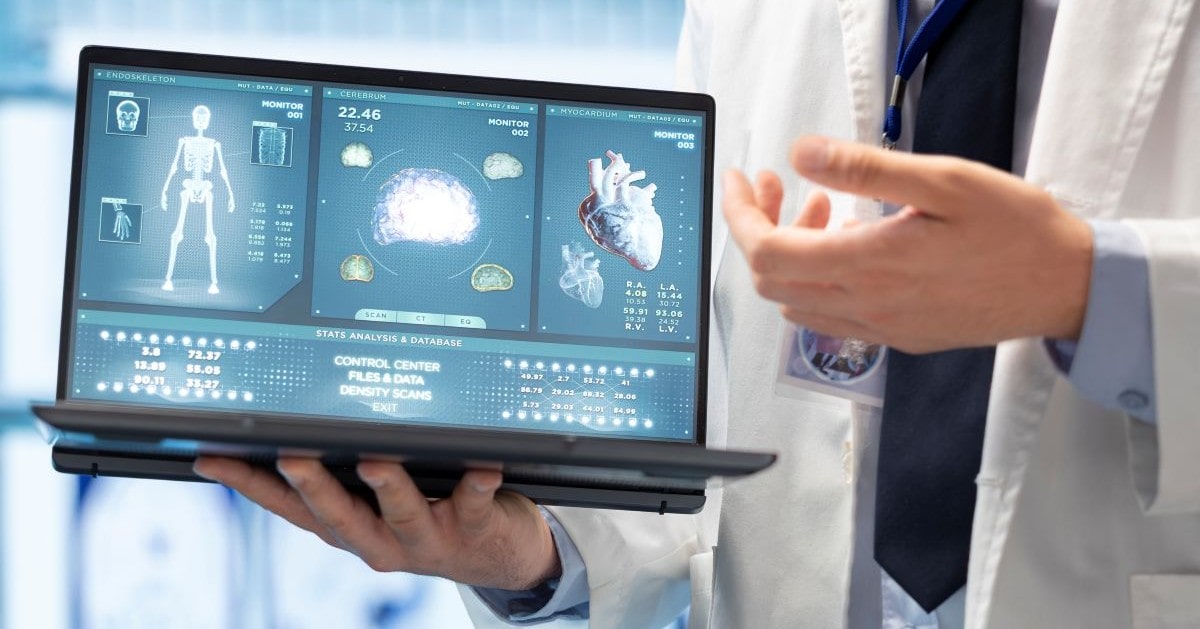See how our AI-powered mobile imaging app brought precision and efficiency to wound care.
1. The Challenge
Pressure injuries, diabetic ulcers, post-surgical wounds—each demands frequent, reliable measurement. Yet frontline nurses were:
-
Spending 10–15 minutes with paper rulers and manual forms.
-
Recording dimensions that varied by clinician and lighting.
-
Re-keying data into the hospital’s EHR at end of shift.
Variation slowed healing-time analysis and raised compliance risks. Swift Medical asked us to embed AI into their mobile workflow without adding complexity to already busy wards.
2. Our Solution in Three Moves
| Step | What We Delivered | Why It Matters |
|---|---|---|
| AI Vision Model | CNN trained on the world’s largest labeled wound image set (>12M datapoints). | Identifies wound edges and calibrates scale from a standardized reference marker. |
| On-Device Inference | TensorFlow Lite model runs on iOS/Android in < 200 ms. | No network latency; works offline at bedside. |
| EHR Connector | FHIR-based API syncs images, dimensions, and notes directly to Epic, Cerner, MEDITECH. | Eliminates double entry, meets HIPAA and GDPR. |
3. Impact on the Floor
-
79 % faster assessments: nurses reclaimed over an hour per shift.
-
Consistency you can bill on: 95 % accuracy supports value-based care metrics and insurer audits.
-
Better healing insights: standardized data fed predictive models that now flag stalled wounds seven days sooner.
“The app gives me reliable measurements in seconds, and my charting is finished before I leave the room.”
— Lead Wound Care Nurse
4. Why This Worked
-
Dataset depth.
Millions of annotated images captured variations in skin tone, lighting, and wound types – critical for generalizable AI. -
Edge processing first.
On-device inference keeps the clinician’s focus on the patient, not the progress bar. -
EHR-native mindset.
We mapped every field to FHIR resources up-front, so integration became configuration, not custom code.
5. Looking Ahead
With measurement nailed, the next frontier is AI-guided treatment suggestions based on wound trajectory. Our joint roadmap includes:
-
Risk-scoring model using 30-day healing likelihood.
-
Auto-documentation of dressing changes via voice notes.
-
Population dashboards for quality teams.
Need to accelerate clinical workflows or embed AI in a regulated environment?
Schedule a 30-minute feasibility call with our domain experts – no slide deck, just free consultation and actionable next steps.


